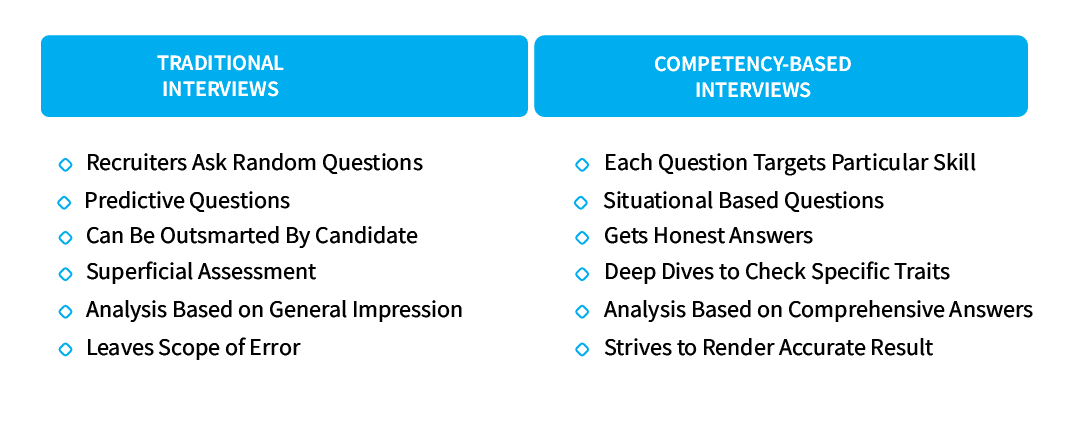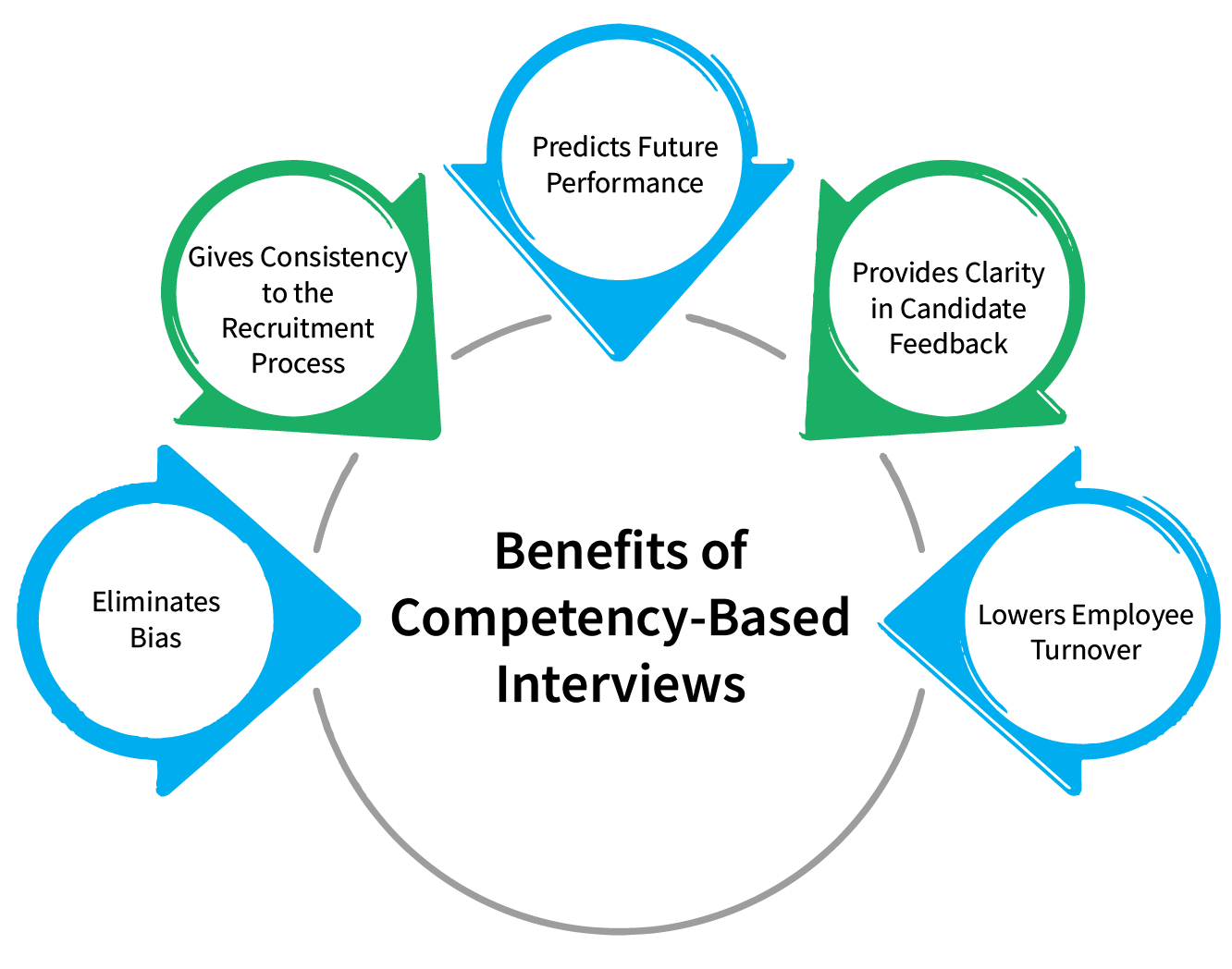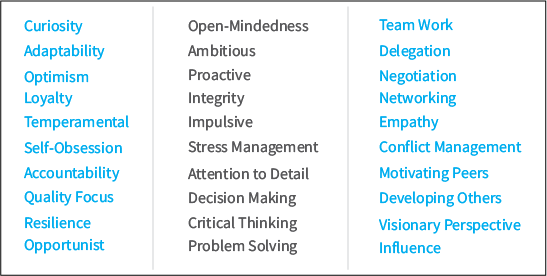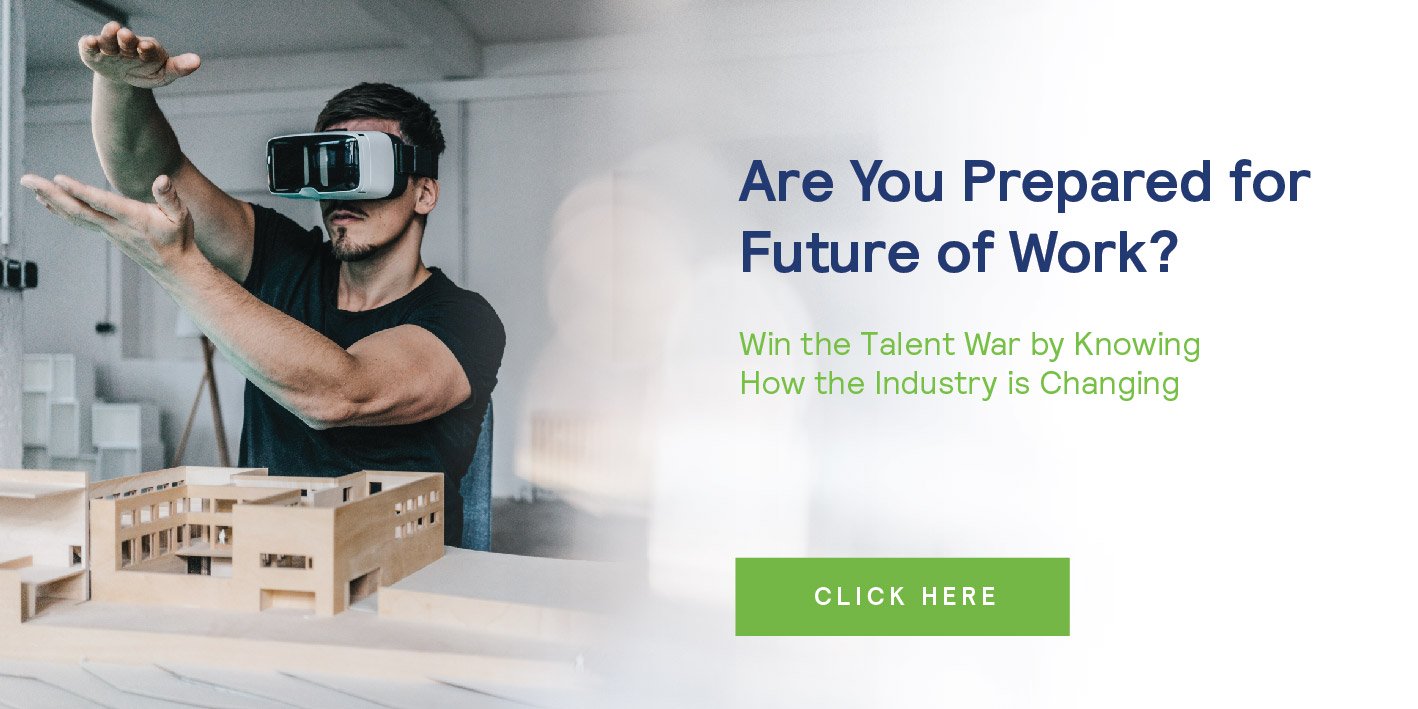The world is evolving, and so are the business needs. To maintain pace with the times, one needs to adopt effective, cost and time-efficient techniques to create a structured hiring process. The traditional recruitment process can be eliminated by adopting a 3-way approach.

1. Define Competency Requirement
The initial step involves gathering relevant information regarding the organizational requirement. This requires collecting job-specific data within the organization. Care must be taken not to leave aside any job role. This ensures that competencies are mapped not only as per job level but as per job role also. This exercise will also unveil current skill gaps. To test those skill gaps, you can then determine work behavior indicators that you are looking for in a candidate. This will give you a direction in asking relevant questions.
It is to be noted that all the requirements should fall within the periphery of your short and long-term organization’s vision. Only then will the new hires could be assessed on the listed parameters. This aids in raising the bar of your recruitment filter. After all, you do not want candidates who leave you unawares in the midst of crisis.
2. Create Competency Framework
The competency framework is the building block for a recruitment cycle and the first step of structured hiring. Once organizations have a framework in place, they can easily map and select candidates who align with their vision and mission.
No matter how complex your workflows are, strive towards simplicity. Instead of having multiple dishes on the platter, take one thing at a time. If you try to incorporate a lot of things in a single framework, the model is bound to stumble. Too many cooks spoil the broth, remember?
An easy way to develop a competency model is to divide competencies on job-levels like entry-level, mid-senior level, and senior level. Further, they can be sub-categorized into personality attributes, analytical ability, interpersonal skills, and leadership. Additionally, domain expertise stands alone since domain knowledge varies as per job role.
3. Implement the Competency Framework
The major chunk of research work winds up in the first two steps after which comes an equally important step, i.e. executing the competency framework effectively. All the backend work and time would become futile if the framework does not fulfill its function. Even before you start using the framework in interviews, make sure to roll out an in-house survey at various job levels, train Human Resources to use the informative piece and set privacy standards to contain sensitive information. You might not hit the target in the first attempt, so have an open mind and keep incorporating necessary changes in the model as and when required. Your competency framework would be good to go when you start getting favorable outcomes through HR and staff training.










 Behavioral Competencies
Behavioral Competencies Cognitive Competencies
Cognitive Competencies Coding Competencies
Coding Competencies Domain Competencies
Domain Competencies






























Would you like to comment?